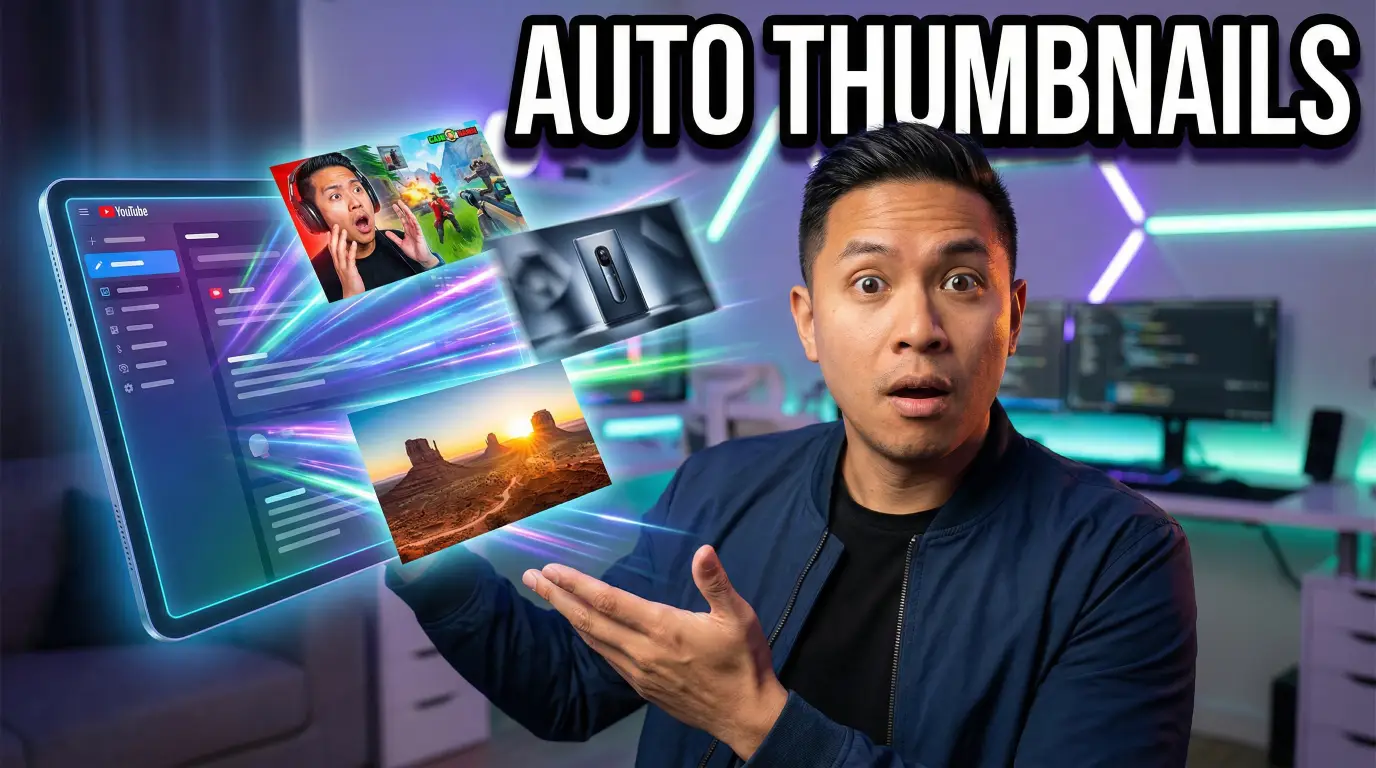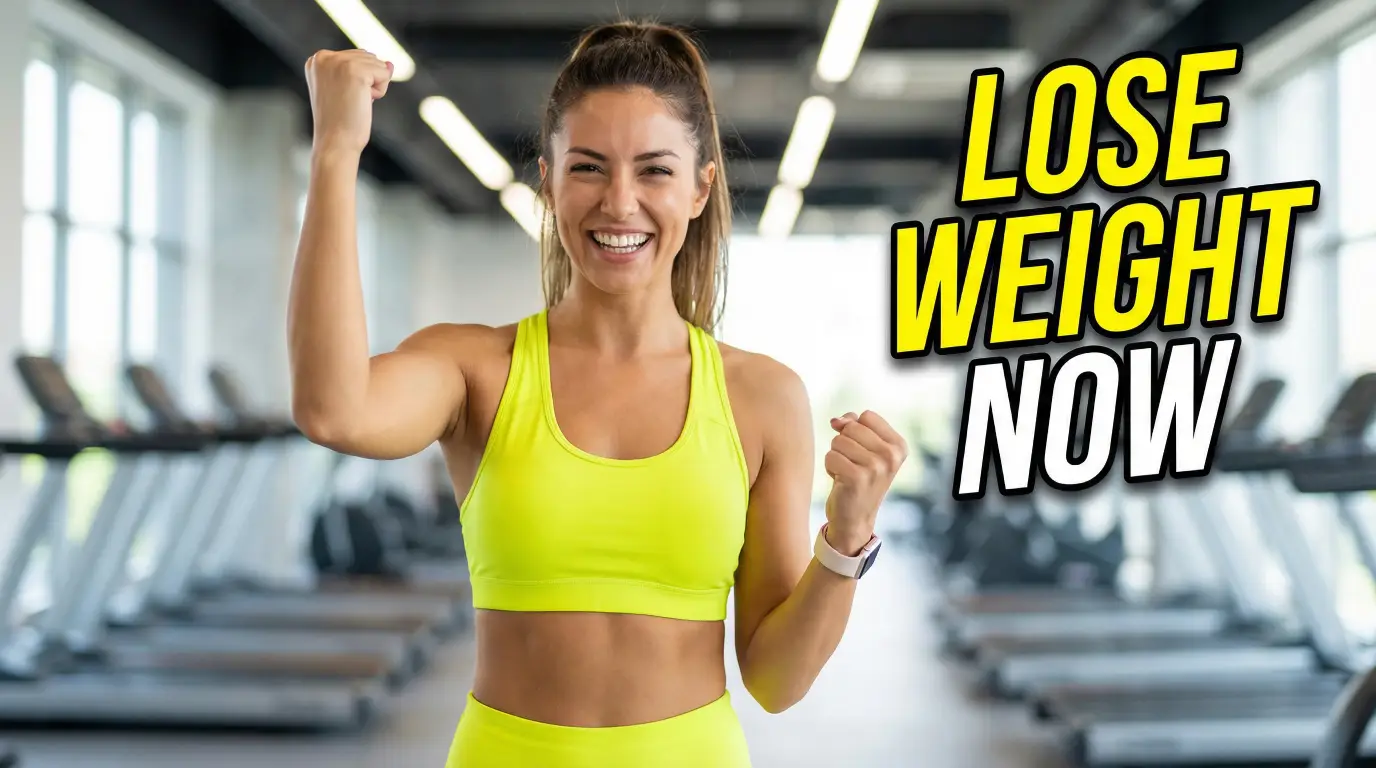Why Thumbnail Optimization Matters
In today's content-saturated digital landscape, your thumbnail is often the first—and sometimes only—chance to capture a viewer's attention. Studies show that thumbnails can impact click-through rates by up to 154%, making optimization crucial for content success.
Whether you're a YouTube creator, social media marketer, or business owner, understanding thumbnail optimization can dramatically improve your content's performance and audience engagement.
The Psychology Behind Effective Thumbnails
Effective thumbnails tap into fundamental psychological principles. The human brain processes visual information 60,000 times faster than text, making your thumbnail's visual impact crucial. Key psychological triggers include:
- Curiosity Gap: Create intrigue without giving everything away
- Emotional Response: Use faces, expressions, and colors that evoke emotion
- Pattern Interruption: Stand out from similar content in feeds
- Social Proof: Include elements that suggest popularity or authority
Essential Design Principles
Great thumbnails follow proven design principles that maximize visual impact and readability across all devices and platforms.
Visual Hierarchy
Use size, color, and positioning to guide the viewer's eye to the most important elements first.
Color Psychology
Leverage colors that evoke emotion and stand out in feeds. High contrast combinations perform best.
Typography Matters
Choose bold, readable fonts. Ensure text is large enough to read on mobile devices.
Compelling Imagery
Use high-quality images with clear subjects. Faces and emotions typically increase engagement.
Data-Driven Decisions
Always test variations and use analytics to understand what resonates with your audience.
Platform Optimization
Tailor thumbnails for each platform's specific requirements and user behavior patterns.
A/B Testing Your Thumbnails
A/B testing is the most reliable way to optimize your thumbnails for maximum performance. Here's how to implement effective testing:
Testing Framework
- 1. Hypothesis Formation: Identify what you want to test and why
- 2. Variable Isolation: Test one element at a time (color, text, imagery)
- 3. Statistical Significance: Run tests long enough to gather meaningful data
- 4. Implementation: Apply winning variations to future content
Key Metrics to Track
- Click-Through Rate (CTR): Primary success metric
- Impressions: How often your thumbnail is shown
- Engagement Rate: Actions taken after clicking
- Retention: How long viewers stay engaged
Platform-Specific Optimization
Each platform has unique requirements and user behaviors that affect thumbnail performance:
YouTube
- Optimal size: 1280x720 pixels (16:9 ratio)
- File size: Under 2MB
- Focus on faces and emotions
- Use bright, contrasting colors
- Include minimal, readable text
Social Media Platforms
- Instagram: 1080x1080 (square) or 1080x1350 (portrait)
- Facebook: 1200x630 pixels for optimal display
- Twitter: 1200x675 pixels for best results
- LinkedIn: 1200x627 pixels for professional content
AI-Powered Thumbnail Creation
Modern AI tools can significantly streamline the thumbnail creation process while maintaining high quality and optimization standards. AI-powered generators can:
- Analyze high-performing thumbnails in your niche
- Generate multiple variations for A/B testing
- Optimize for platform-specific requirements
- Maintain brand consistency across content
- Reduce creation time from hours to seconds
Ready to Optimize Your Thumbnails?
Put these optimization strategies into practice with AI-powered thumbnail generation
Start Creating Optimized ThumbnailsExamples of Optimized Thumbnails







Frequently Asked Questions
What is the ideal thumbnail size for different platforms?
YouTube thumbnails should be 1280x720 pixels (16:9 ratio), Instagram posts work best at 1080x1080 pixels (1:1 ratio), and Facebook thumbnails perform well at 1200x630 pixels. Always use high resolution for crisp display across devices.
How can I measure thumbnail performance?
Track click-through rate (CTR) as your primary metric. YouTube Analytics shows CTR data, while other platforms provide impression and click data. A good CTR varies by niche but generally 4-10% is considered strong performance.
Should I include text in my thumbnails?
Yes, but keep it minimal and readable. Use large, bold fonts with high contrast colors. Limit text to 3-5 words maximum. The text should complement, not compete with, your visual elements.
How often should I A/B test my thumbnails?
Test thumbnails for every major piece of content. Run tests for at least 24-48 hours to gather meaningful data. Focus on testing one element at a time (color, text, imagery) for clearer insights.